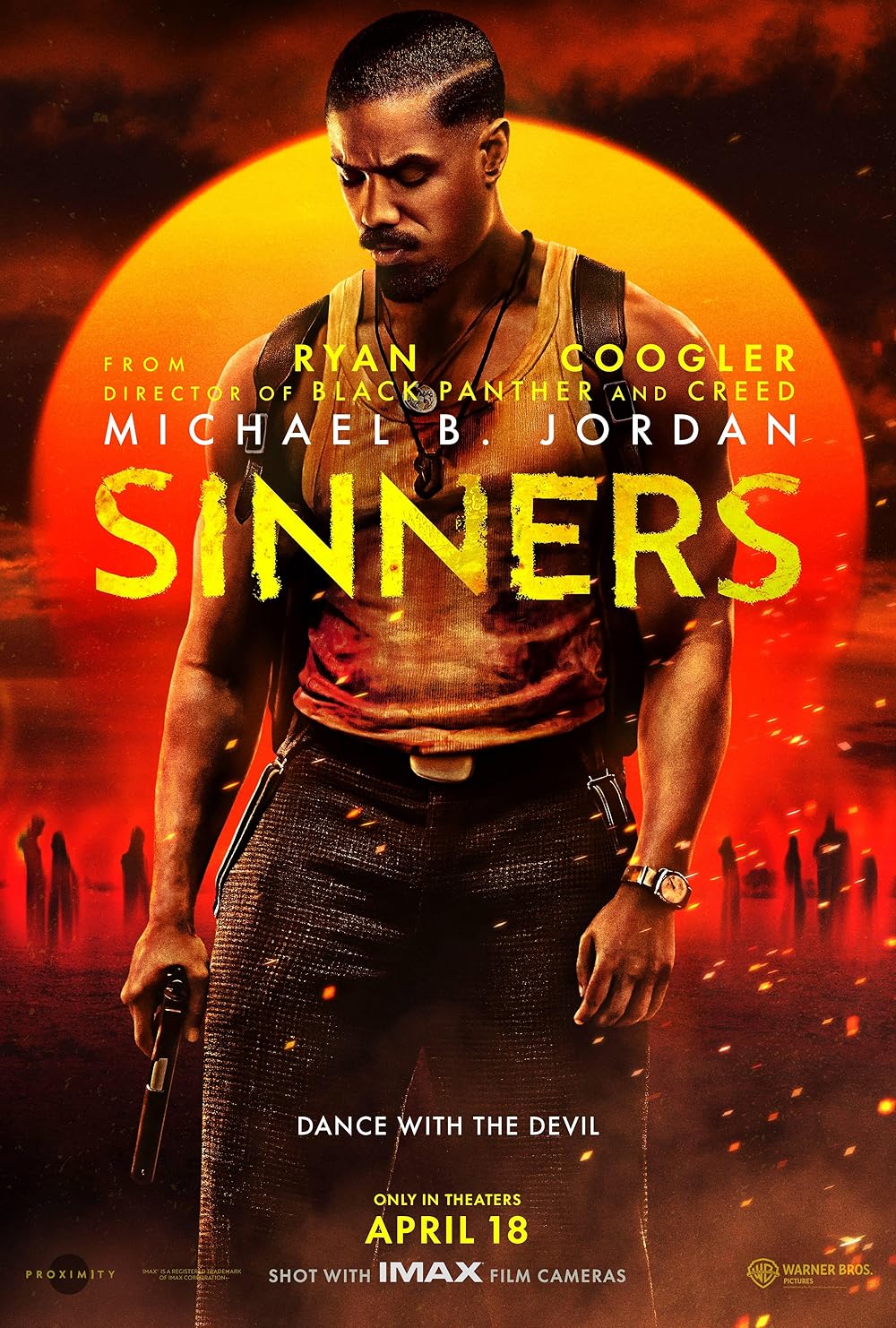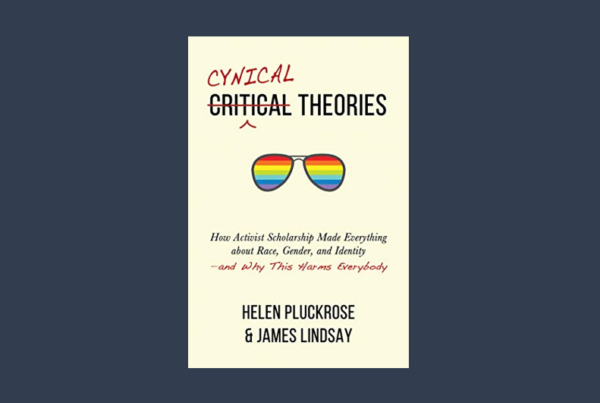
You keep dancing with the devil, one day he’s gonna follow you home.

Defending vampires’ use in fiction can sometimes feel like a fool’s errand. These stories definitely have potential advantages. However, what often comes to mind first when thinking about vampires is years of unambitious Young Adult fiction. Sinners, Ryan Coogler’s box-office phenomenon starring Michael B. Jordan and Hailee Steinfeld, escapes these limitations in its premise alone, but still falls flat relative to its promising nature. Set in 1930s Mississippi, the film follows blues player Sammie Moore, who also goes by Preacher Boy. When his twin cousins return to town, their attempt to set up a juke joint transforms from a night of pleasure into a living nightmare. It is here that the film falters — as one confusing directorial decision after another ruins the foundation the movie is built on.
While the opening act of Sinners is certainly no stranger to violence, its focus lies on the characters, their motivations, and their vices. Surprisingly, it gets a lot of these things right. Coogler creates a captivating period piece centered around Preacher Boy’s eager — if slightly naive — nature as well as the moral grey that his cousins, the Moore twins, live in. We slowly learn more about the town that the twins have returned to after ‘escaping’ to Chicago, and discover why they came back after so many years. The soundtrack is stellar, with Miles Caton, who plays Preacher Boy, delivering one blues hit after another. This culminates in his performance of ‘I Lied To You’, which also marks the introduction of the vampires into the film’s main plotline. The movie shifts at this point to a mainly action-centered thriller, and suffers the consequences.
The narrative backbone of Sinners is wanting to find out more about the characters while working with incomplete information. All of this becomes completely irrelevant when the vampires show up, begging the question of why that information was given to us at all. The film’s attention becomes split between wanting to continue down its character-centric narrative and Coogler’s urge to return to his Marvel ways. The cast do their best with sometimes inexplicable character decisions, and the soundtrack rises to new heights, but the damage is done. What follows is an hour and a half of storytelling with no payoff, an oddly high amount of flashbacks to scenes from twenty minutes ago, and blood CGI that would have looked outdated in The Wizard of Oz. The ending can only be described as fanservice as Michael B. Jordan finds a way to tie off his own loose end by killing a group of KKK members, who before this point were only minimally relevant to the plot. As the movie winds down, Preacher Boy drives off to a new life, and after a dozen more minutes of unnecessary padding, the credits roll.
Sinners is definitely not a bad movie. It is a film that stubbornly refuses to let you give up on it, because there is certainly a good movie somewhere in the script, it is just not the one we are shown. Sinners is worth watching, if only to hear the soundtrack in context or to imagine a world where the second half is as good as the first. Sadly, that world might be the one where the vampires aren’t in it.
Sinners is available in cinemas and on HBO Max at time of writing.

Defending vampires’ use in fiction can sometimes feel like a fool’s errand. These stories definitely have potential advantages. However, what often comes to mind first when thinking about vampires is years of unambitious Young Adult fiction. Sinners, Ryan Coogler’s box-office phenomenon starring Michael B. Jordan and Hailee Steinfeld, escapes these limitations in its premise alone, but still falls flat relative to its promising nature. Set in 1930s Mississippi, the film follows blues player Sammie Moore, who also goes by Preacher Boy. When his twin cousins return to town, their attempt to set up a juke joint transforms from a night of pleasure into a living nightmare. It is here that the film falters, as one confusing directorial decision after another ruins the foundation the movie is built on.
While the opening act of Sinners is certainly no stranger to violence, its focus lies on the characters, their motivations, and their vices. Surprisingly, it gets a lot of these things right. Coogler creates a captivating period piece centered around Preacher Boy’s eager — if slightly naive — nature as well as the moral grey that his cousins, the Moore twins, live in. We slowly learn more about the town that the twins have returned to after ‘escaping’ to Chicago, and discover why they came back after so many years. The soundtrack is stellar, with Miles Caton, who plays Preacher Boy, delivering one blues hit after another. This culminates in his performance of ‘I Lied To You’, which also marks the introduction of the vampires into the film’s main plotline. The movie shifts at this point to a mainly action-centered thriller, and suffers the consequences.
The narrative backbone of Sinners is wanting to find out more about the characters while working with incomplete information. All of this becomes completely irrelevant when the vampires show up, begging the question of why that information was given to us at all. The film’s attention becomes split between wanting to continue down its character-centric narrative and Coogler’s urge to return to his Marvel ways. The cast do their best with sometimes inexplicable character decisions, and the soundtrack rises to new heights, but the damage is done. What follows is an hour and a half of storytelling with no payoff, an oddly high amount of flashbacks to scenes from twenty minutes ago, and blood CGI that would have looked outdated in The Wizard of Oz. The ending can only be described as fanservice as Michael B. Jordan finds a way to tie off his own loose end by killing a group of KKK members, who before this point were only minimally relevant to the plot. As the movie winds down, Preacher Boy drives off to a new life, and after a dozen more minutes of unnecessary padding, the credits roll.
Sinners is definitely not a bad movie. It is a film that stubbornly refuses to let you give up on it, because there is certainly a good movie somewhere in the script, it is just not the one we are shown. Sinners is worth watching, if only to hear the soundtrack in context or to imagine a world where the second half is as good as the first. Sadly, that world might be the one where the vampires aren’t in it.
Sinners is available in cinemas and on HBO Max at time of writing.



